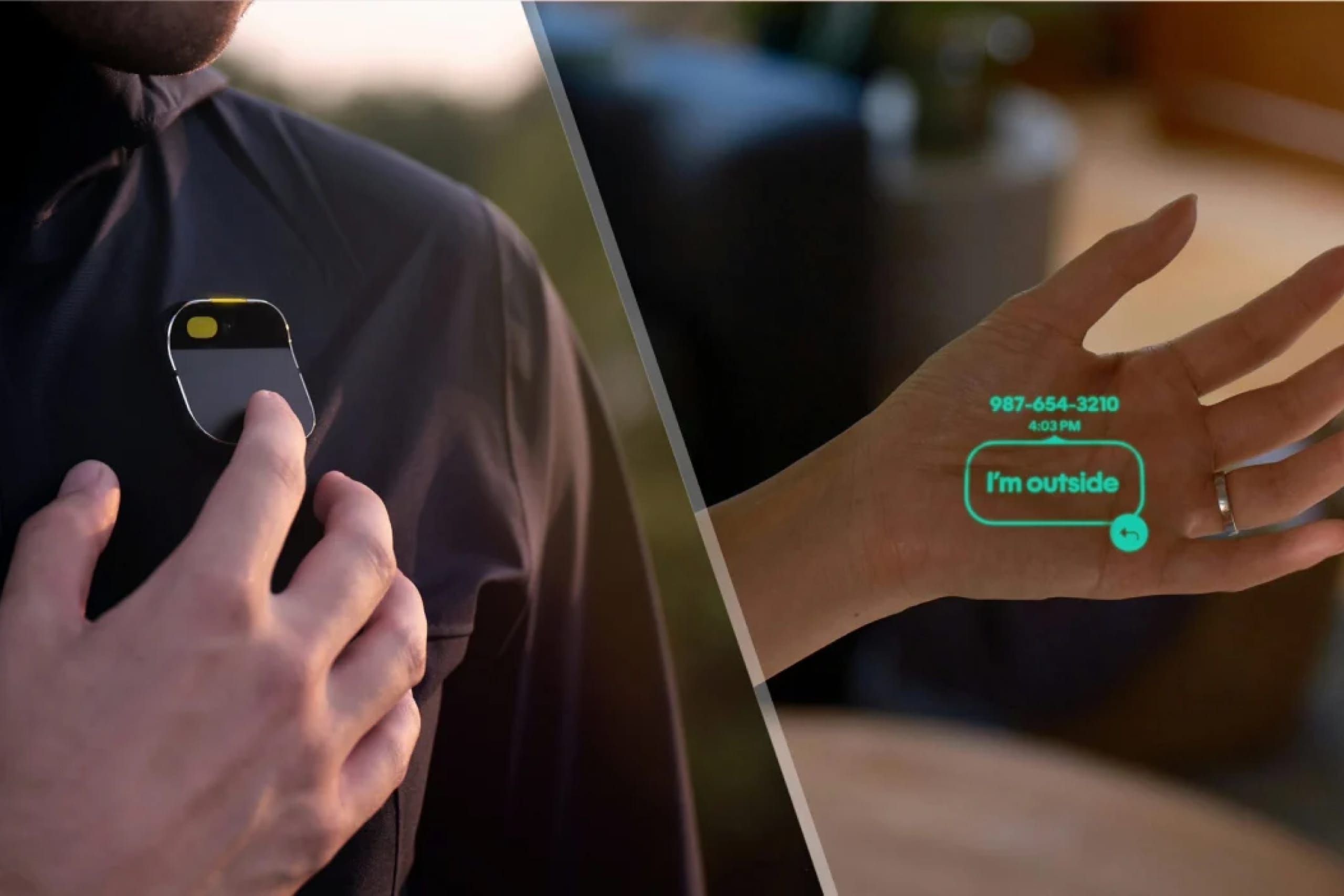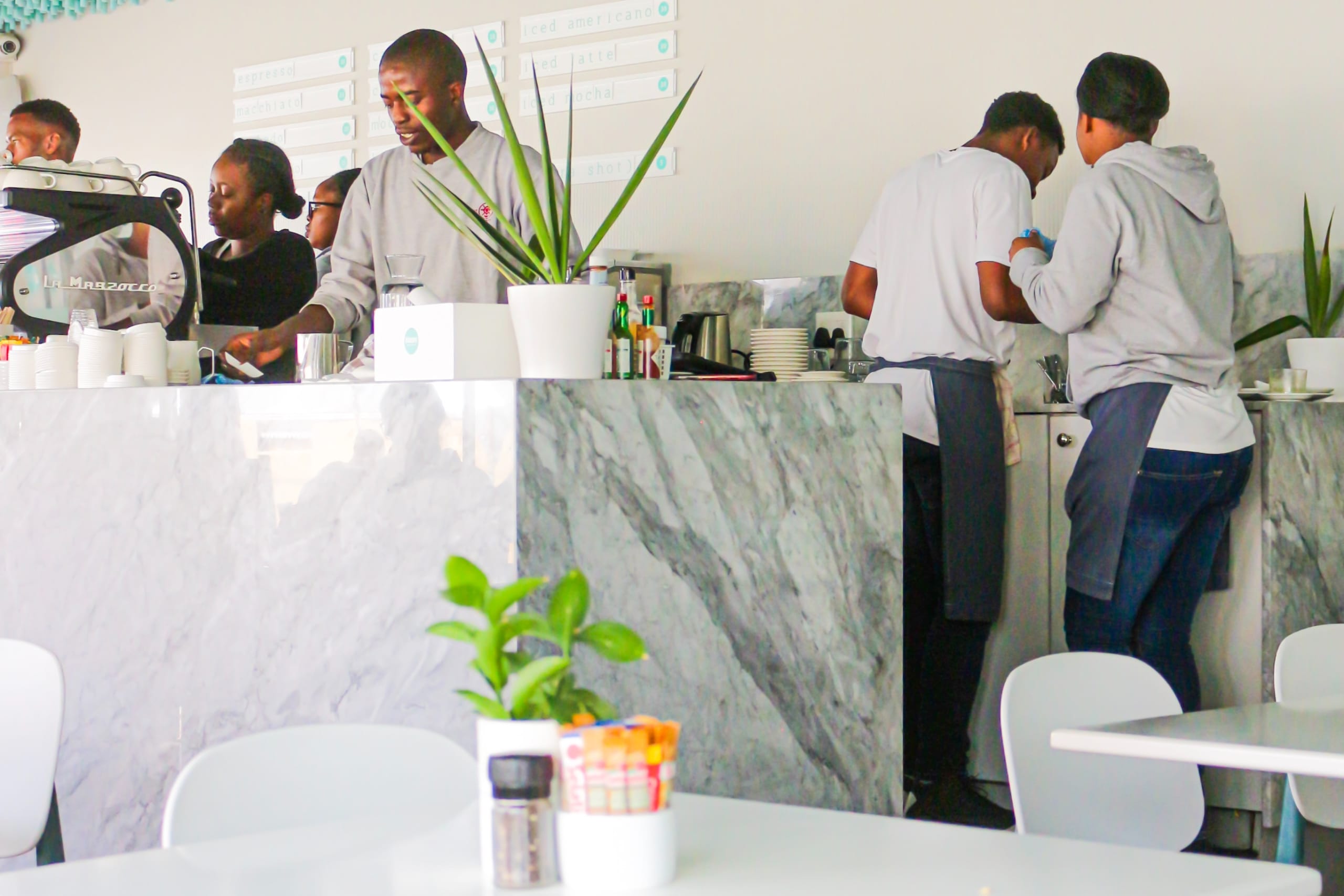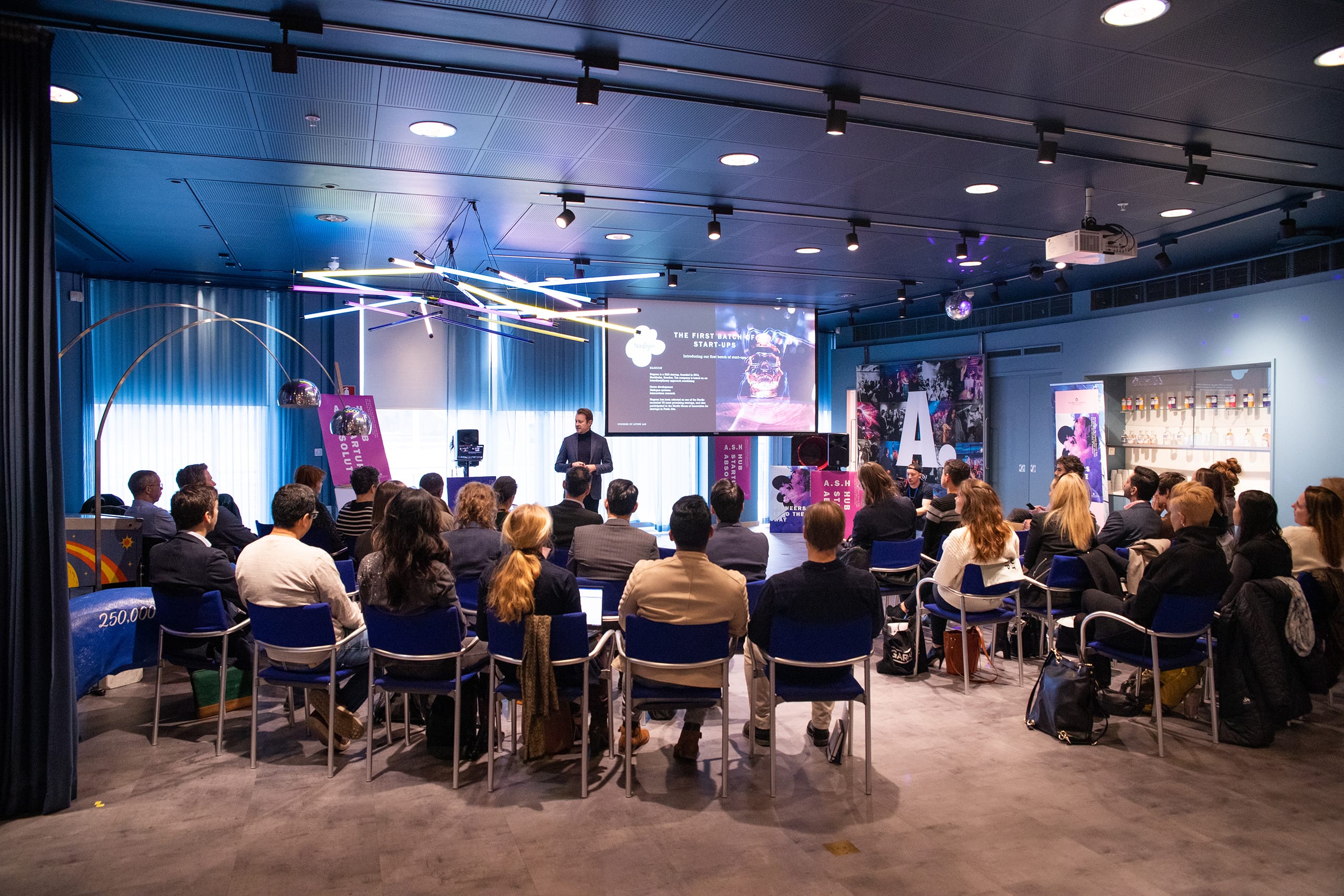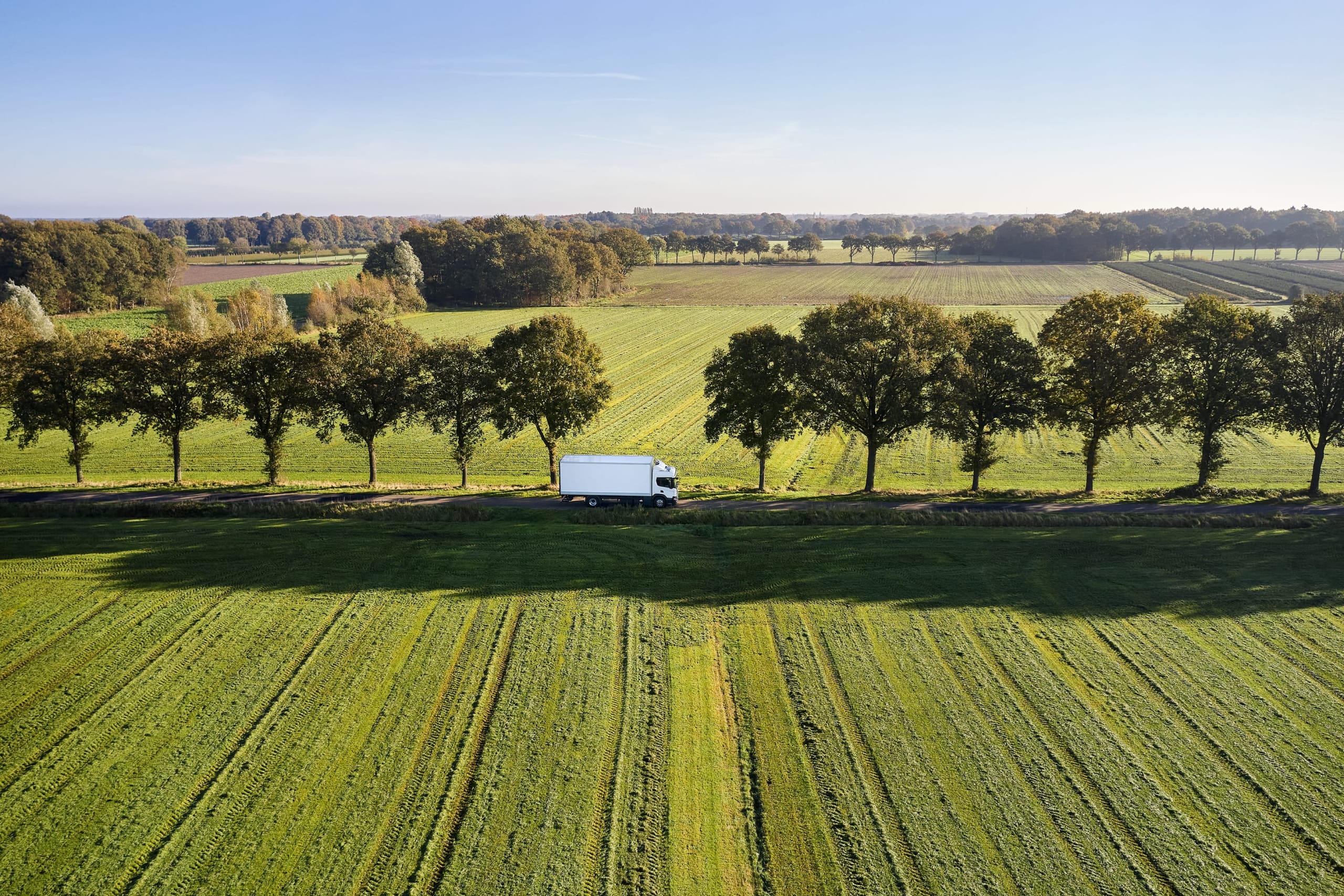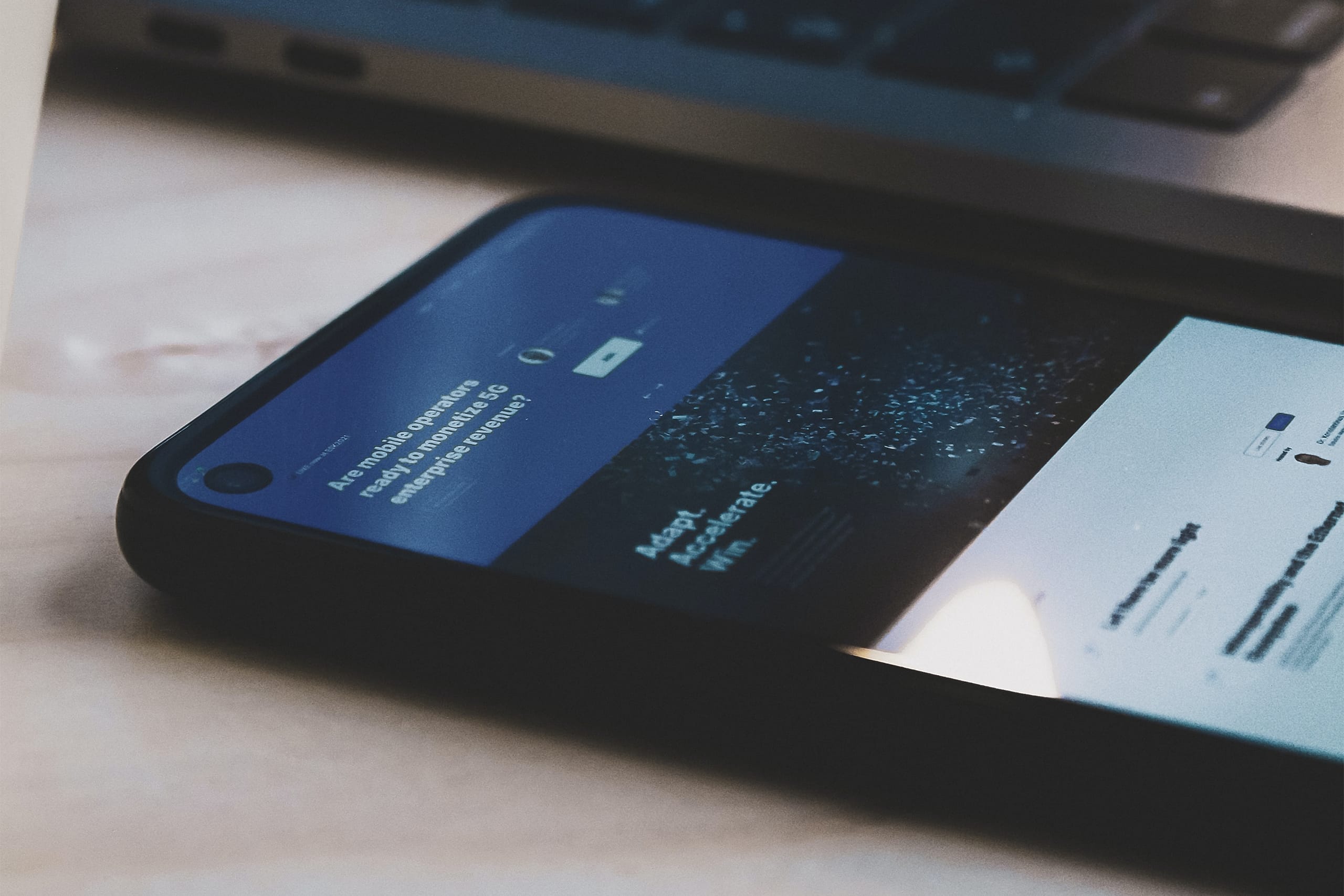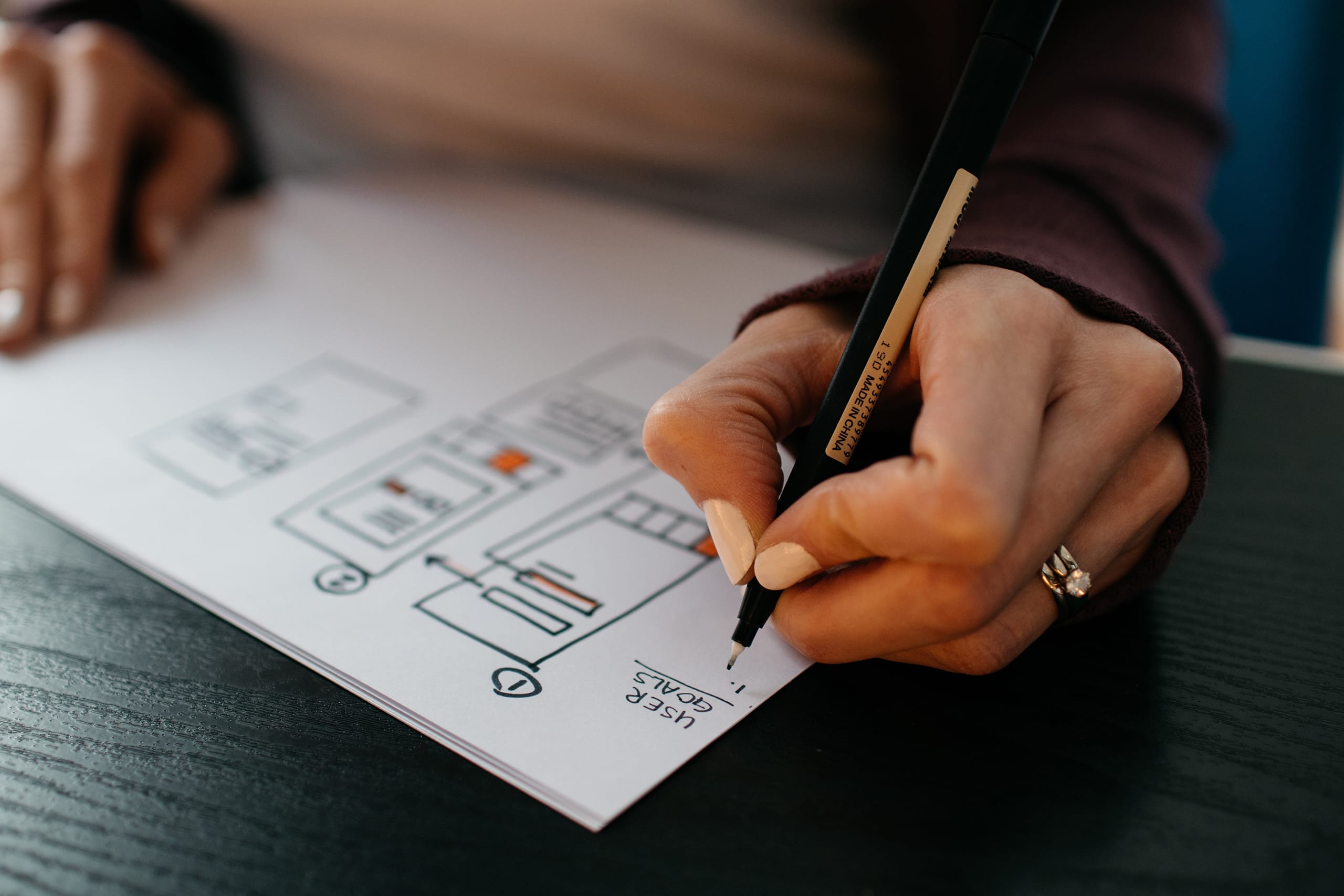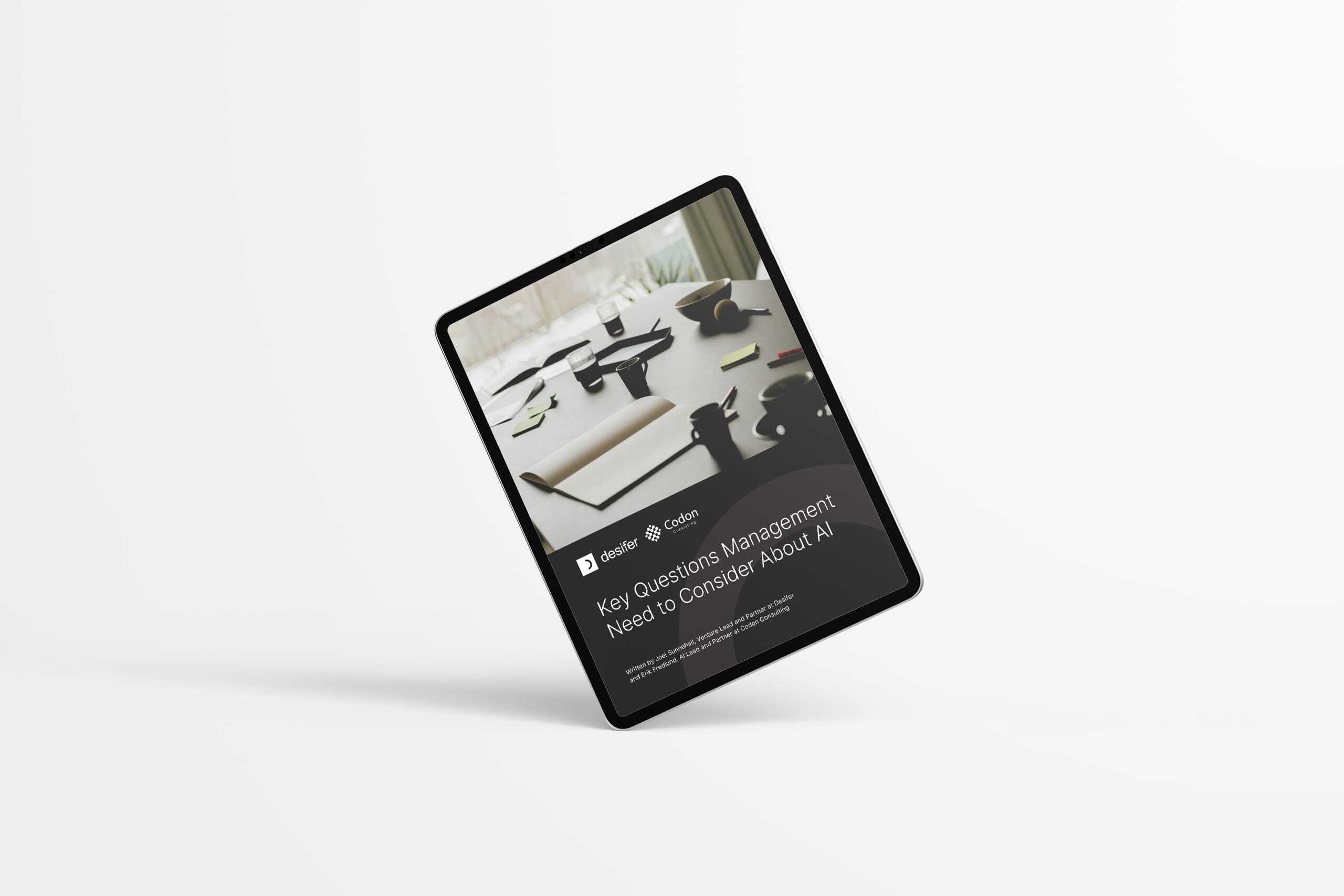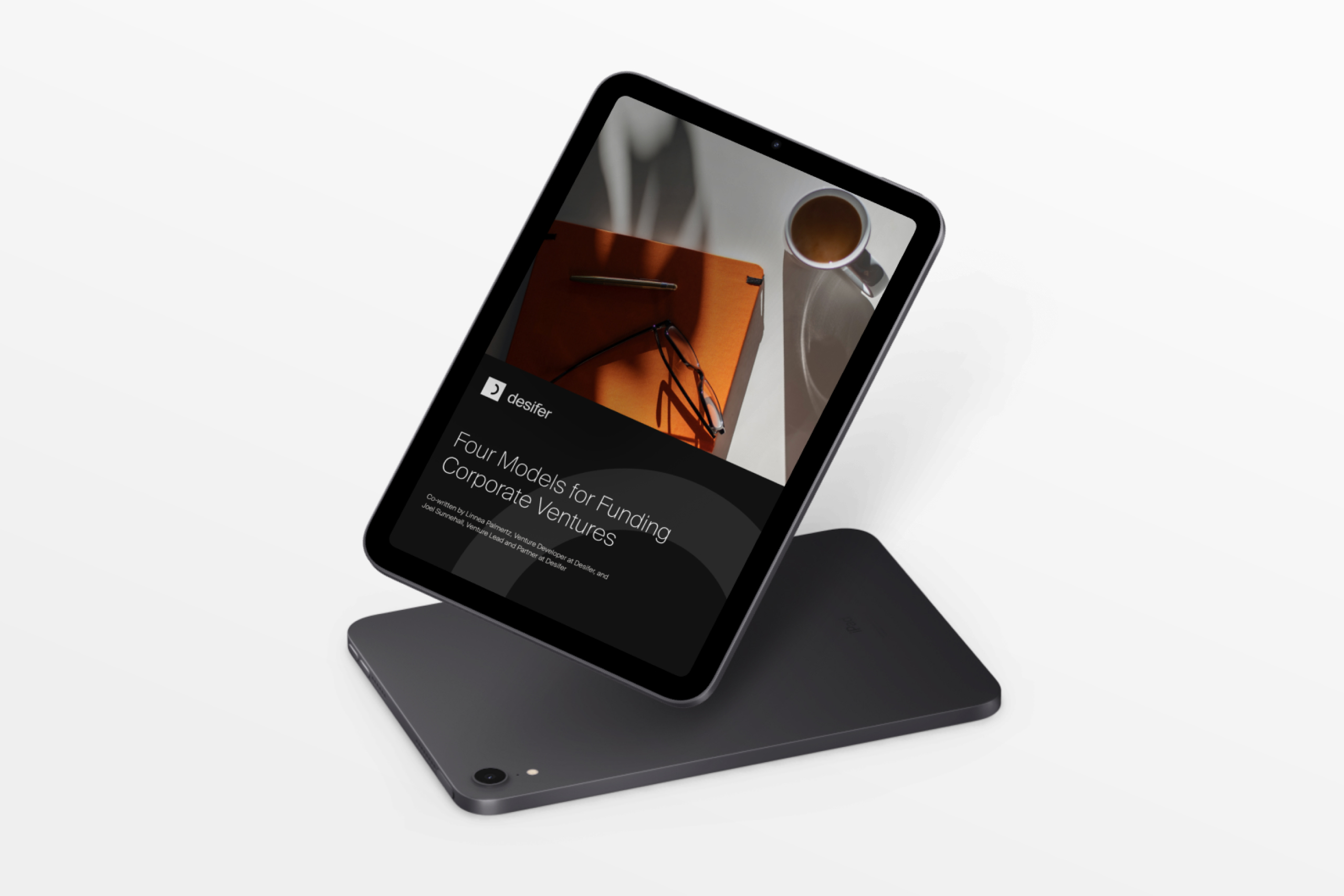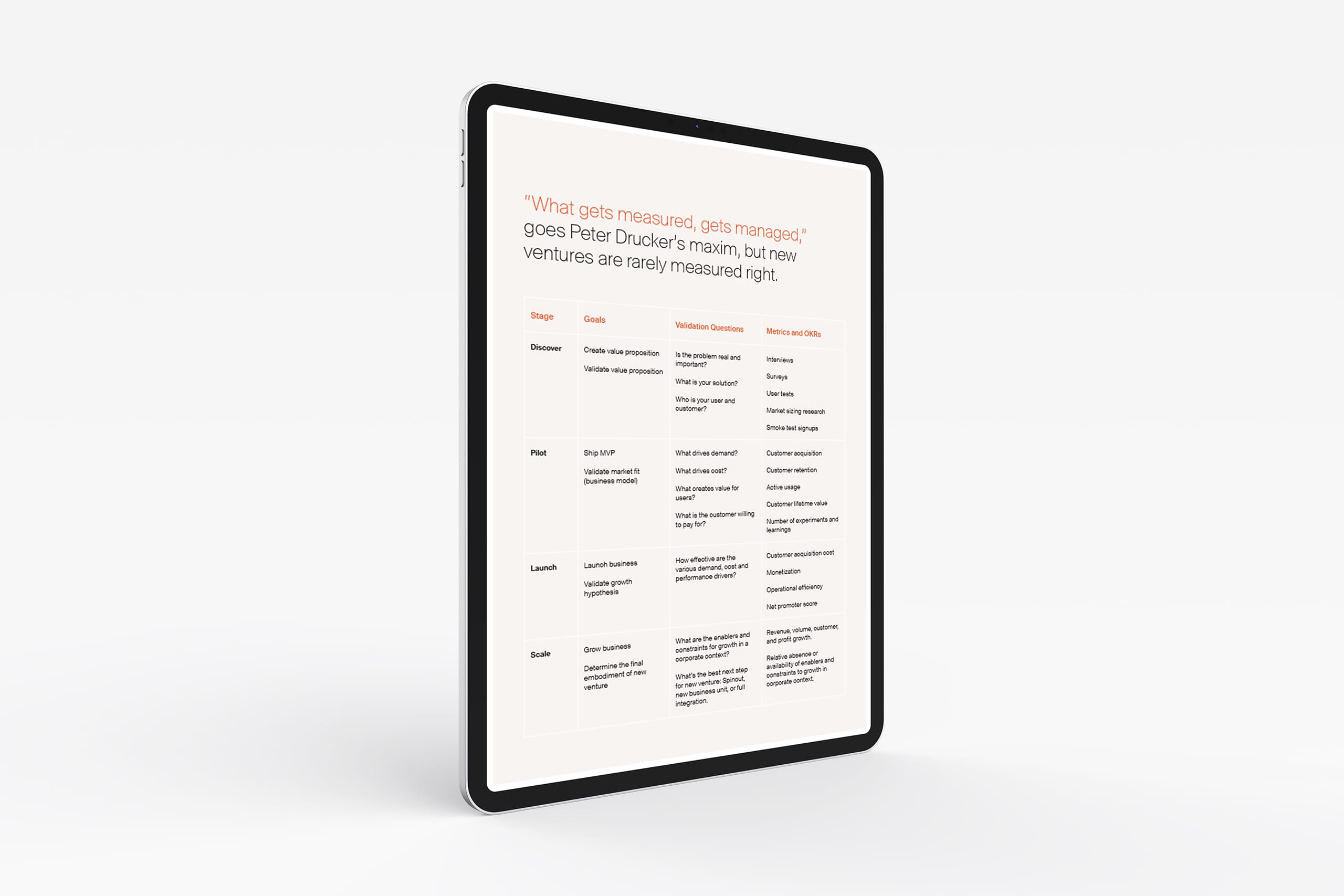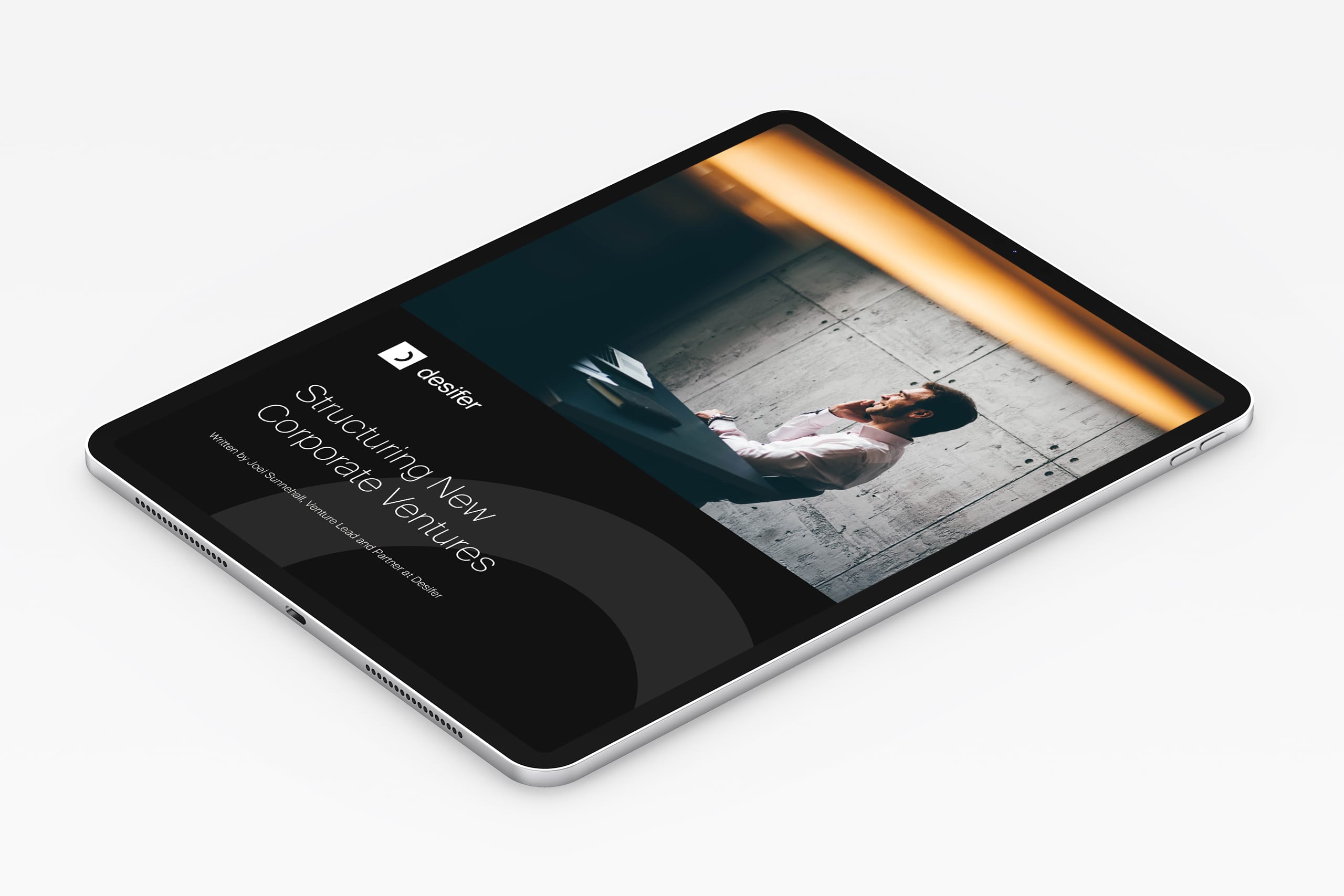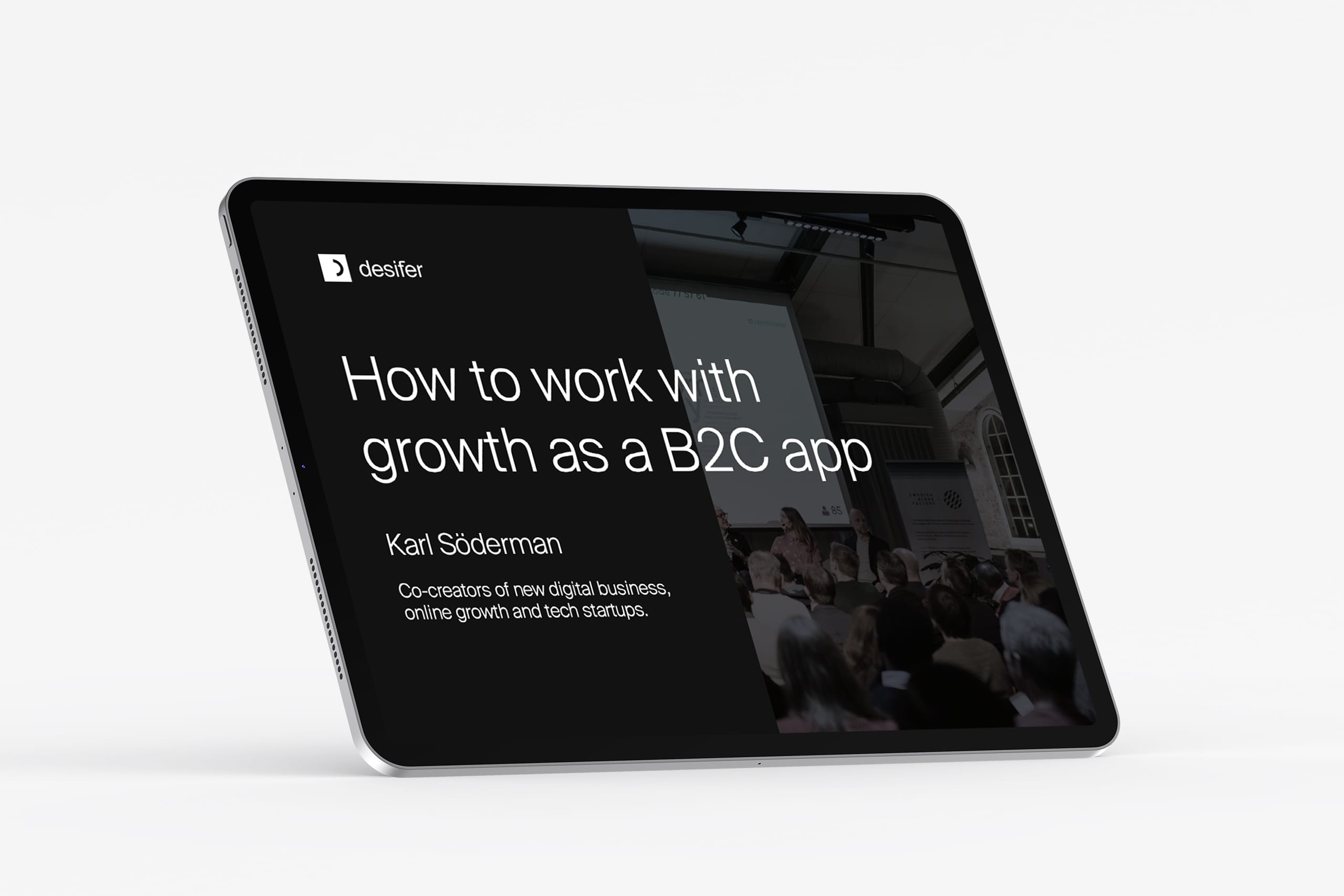Scale
Written by Karl Söderman
March 15, 2021
The growth model to replace AARRR
In this blog article, we will go through this new framework or model for growth that can replace the widespread and popular AARRR model (pirate metrics for startups: Acquisition, Activation, Retention, Referral, Revenue).
The AARRR model was really great to put the light on aspects like retention, referral and revenue that previously has not been the focus for earlier growth/marketing funnel models. However, it is a model that is not working for all kinds of businesses, it works well for a SaaS business and B2C applications. It also is missing the vital parts like customer insight and the product management side.
That is why we at Desifer are using this model instead to explain what different aspects of growth you need to be working on! Meet the ABCD growth model.
The tactics are mostly one you can use digitally to enable more growth. Many of the ideas come from optimizing growth for SaaS companies, and much inspiration comes from the startup world.
Many are applicable to other businesses and business models, but there will probably be a few companies for which this growth model is not a perfect match—for example, product companies that sell through retailers and let the retailers do the marketing and sales.
Another example is companies that sell large complex deals where the key account managers take a bigger part of what, in many other companies, can be automated or use digital marketing tactics.
Let us go through the different parts of the model and what is meant by each:

Analyse:
- This section can best be described with gaining customer insights. Of the target audience you want as future customers.
- To work efficiently with growth, you need to understand your most important customer segments by creating marketing personas and customer journey maps.
- Other work in this step is keyword research and competition analysis to find the most beneficial content to create.
- In addition to the initial work with personas, customer journey maps, keyword research, and so on, you will also need to measure, analyse, and act on the customer insights continually.
- Analysis of every activity and the effects will also be needed in every step of this growth model.
Acquire:
- To grow, you need to reach new potential customers, get their attention, and get them to visit your site or anywhere else you have the possibility of nurturing them to move them closer to becoming customers.
- This step is about creating content that captures attention immediately.
- It is also about finding ways to reach your target groups outside your website with the created content and getting them to want to know more.
Boost:
- The start of this phase is to get enough information on the visitor so that you can continue nurturing the relationship.
- Adjust the content of the landing page so that first-time visitors are driven towards continuing to read or leaving their information so that it is possible to nurture them even after they have left your page.
- The goal of this phase is to move a visitor toward becoming a prospect. This goal is mainly achieved through adjusted content delivered at the right time in the right place.
Convert:
- Conversions can happen at any stage of a customer journey (micro conversions), but here it is meant as the conversion of a potential customer to a paying customer or a user of a free service.
- In the ABCD growth model, this step is possible to automate by, for example, triggered email sequences, “tripwires,” limited offers, showing benefits, offering several payment options, and so on.
- For some products and services, it is necessary to use an actual sales person to convince the prospect to make that final decision.
- Read more on the different factors for conversion
Delight:
- When the customer has bought the product or service, the focus will shift to making the customer happy with his or her decision. Here we include onboarding to ensure that the customer actually starts to use the product or service.
- Ensure that the customer experience is so good that the customer wants to be a returning customer and, in the end, is so pleased that he or she is willing to share a recommendation with his or her network and friends.
Enhance:
- You can do a ton of marketing and conversion optimization, but if you do not have a product or service that resonates with your target audience, then you will never grow at the rate you want.
- This step is about developing your product or service in an agile way based on the lessons learned throughout the whole customer journey. This information could even lead to creating new products and services.
- In many cases, it is possible to adjust a product or service to support growth tactics.
- In some cases, it could even be the business model that needs to be changed to optimize for growth.
A whole new field have emerged around this called Product-Led growth. Concepts like the growth flywheel has sprung out of that.
Growth loops are also looking at how the product itself can be built to help with growth.
And guess what, this model works really well as a growth flywheel too!

Key Questions That Drive Growth
This model helps us find the answers to the key questions for growth:
- How can we learn more about our future customers? (ANALYSE)
- How can we reach more of them? (ACQUIRE)
- How can we get more people be interested? (BOOST)
- How can we get more people to buy? (CONVERT)
- How can we get more people to become returning customers? (DELIGHT)
- How can we get more customers to buy more? (DELIGHT and CONVERT)
- How can we get more people to refer us to a friend? (DELIGHT)
- How can we enhance our product or service around what actually leads to growth? (ENHANCE)
Background and Reasons That Existing Models and Frameworks Could Not Be Used
It all started with my wish to create an overview of how all terminology and tactics fit together within digital marketing and growth hacking. The purpose was to use it as a way to store all the resources and ideas I have come across. However, it quickly became clear that I need a basic model to tie everything together.
My first thought was to use the classic AIDA funnel, but with a modern modification (AIDCAS). Unfortunately, I felt that it became very uneven in the distribution of what can be done in each step. I especially felt that “Interest,” “Desire,” and “Confidence” could be summarized in one single phase to make the prospect ready for the buying step.
Another idea that I tried was to use the most common model for growth hacking and startups: “Product Marketing for Pirates: AARRR” (Acquisition, Activation, Retention, Referral, and Revenue). Even if the original was not drawn as a funnel, there are now plenty of variations of it where the different sections are placed in a funnel. It felt good in the beginning because each step was clearly separated, and it was fairly evenly distributed. I noticed, however, that it did not always work very well in its defined order when it came to companies other than classic startups with a SaaS (Software as a Service) model.
Many like to depict the customer buying journey as a circular process—for example, the McKinsey Consumer Decision Journey or Altimeter’s Dynamic Customer Journey. However, what I think everyone is missing are the preparations that need to be made by the company to understand future customers. Here we are talking about creating personas and then doing customer journey maps. Keyword research and competition analysis are other things that need to be done to some extent before starting to optimize the customer journey.
The model I liked the best is the inbound methodology that HubSpot uses. It can also be illustrated as a sales funnel. In this ABCD growth model, I have basically taken part of the HubSpot model but adjusted what belongs in its “Convert” step to include more than just capturing emails. Instead, I moved up the lead nurturing part from its “Close” step and placed it in “Boost.” In the step I call “Convert,” I have instead chosen to focus on what needs to be done to take a qualified lead and turn it into a paying customer (or registering for a free service or app).
I am not fully satisfied with calling the step “Convert” because a conversion can happen anywhere in the customer journey (micro conversions). Here is how the conversion experts at Unbounce define conversion:
“The ultimate goal of your campaign. A conversion is whatever you decide it is – submitting a form, downloading a piece of content, signing up for a free trial, making a purchase. Every aspect of your marketing campaign should be nudging people toward conversion.”
I think the term can even be used to include the conversions that happen outside of your site—for example, getting a stranger to click on an external link that leads to your site, page, or app. Here are some other examples:
- Getting a visitor to take any action after having visited your site (could be to share on social media, leave an email address, click to the next page, and so on)
- Getting the visitor to sign up for a trial
- Getting the customer to refer you to a friend
Even if I include the whole funnel described by HubSpot and add the step to prepare (personas, customer journey mapping, keyword research, and competition analysis), then there is still something vital missing to make a complete model. It does not really matter how well you prepare or how well you optimize all the steps in the funnel if the product or service does not resonate well with the target group.
Sure, you can achieve good results with great marketing, sales, and customer support even though the product or service is not that great, but to really juice up the growth, you have to enhance your product or service to enable better optimization in each step of the funnel. In some cases, doing so can even require a change of business model to achieve the wanted level of growth or the building of a completely new product or service with greater potential for growth.
The aspects an agile growth team needs to consider on a daily basis are covered in a very good way by The Lean Growth Canvas. Here is how Erik Starck describes it:
“It is meant to be used as you would use a scrum board or a Business Model Canvas: up on the wall where everyone in the team can see it and with post-it notes or whiteboard pens for making quick edits and changes.”
However, the model I wanted needed to be on a higher level to start with and then be able to drill down into details on how to optimize each step with a bunch of best practices.
Disclaimers
- It should be mentioned that even though this model is using a funnel and it seems like a person is just moving straight down, it is not meant like that. A person can move in, out, and back again in several of the steps. A person could even move through it in several different channels.
- You could also go through a mini version of the funnel. For example, the customer journey to download a lead magnet could also be viewed as nurturing a person to convert him to giving away his email address as the price for getting access to the lead magnet. After that, you want the person to use the lead magnet and be so delighted with it that he wants to share the link to many more. An even clearer example is when a company has a trial version because then the whole funnel can be used for the trial version even though the customer has not bought anything yet.
- Even though the steps “Analyse” and “Enhance” are visually placed outside of the funnel, they should be thought of as something that is both done before the funnel and simultaneously with all steps of the funnel. The continuous work should be an agile approach where you measure, analyze, brainstorm, prioritize, test, implement, and start over again.
- This model brings up most factors to increase the growth of customers for existing products or services. The model can also be used to evaluate and test if new products or services have growth potential.
- There are a few more strategies a company can use to improve growth that are not included in this model, such as the acquisition of other companies, cooperation with other companies, and going after completely new customer segments or markets with new or adapted products and services.
- Check out more sources for growth in the bullet list below with the 19 traction channels from Traction by Gabriel Weinberg and Justin Mares
Traction Channels
- Targeting Blogs/Influencers
- Publicity
- Unconventional PR (not included)
- Search Engine Marketing
- Social and Display Ads
- Offline Ads (not included)
- Search Engine Optimization
- Content Marketing
- Email Marketing
- Viral Marketing
- Engineering as Marketing
- Business Development (partly included)
- Sales (partly included)
- Affiliate Programs
- Existing Platforms
- Trade Shows (not included)
- Offline Events (not included)
- Speaking Engagements (not included)
- Community Building
Let me know what you think, is this better than the AARRR model?
Are you interested getting started with your growth journey? We can do a growth assessment where you get plenty of new ideas and recommendations what are the highest potential experiments to get started with. Contact karl.soderman@desifer.se









